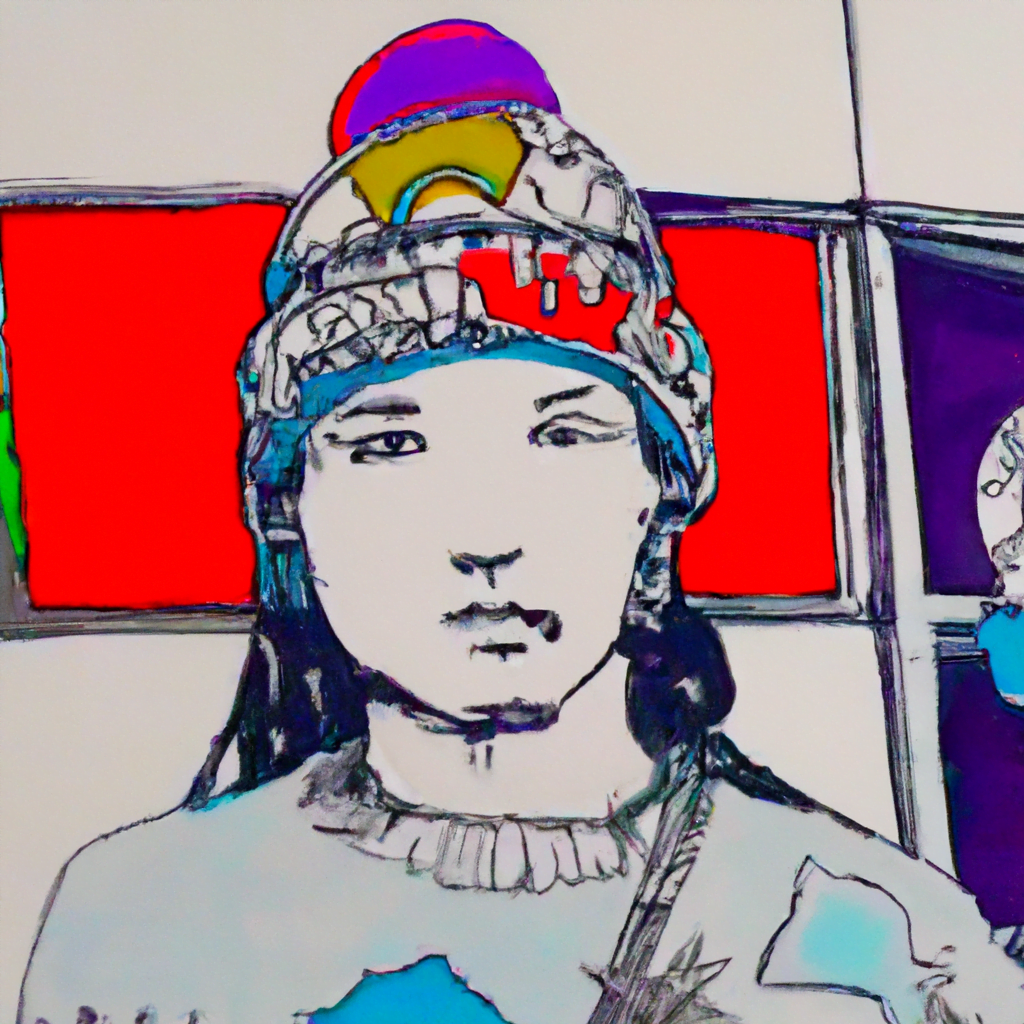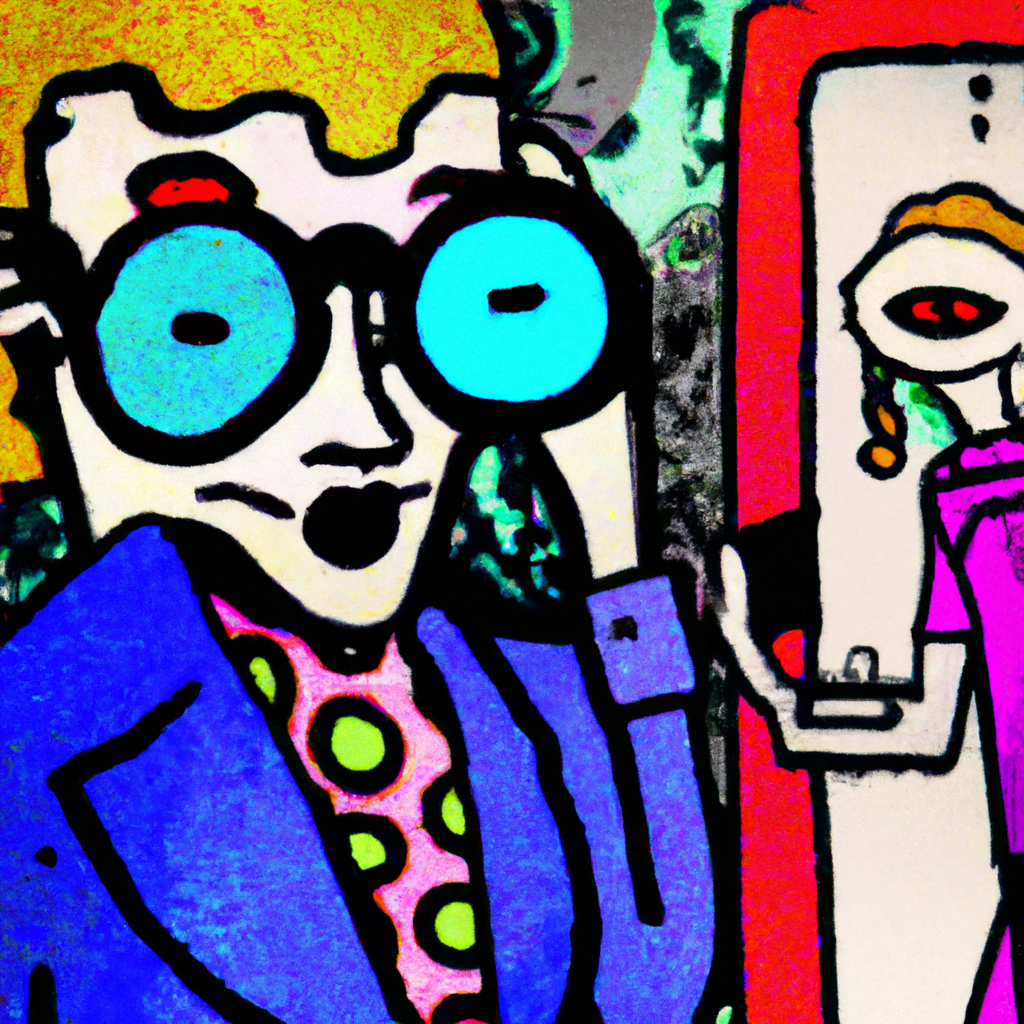
Exploring Street Art and Graffiti in Illustration

Street art and graffiti have long been a controversial and captivating form of artistic expression. From the vibrant murals adorning city walls to the intricate tags scrawled across train cars, these art forms have become an integral part of urban culture. In recent years, street art and graffiti have also found their way into the world of illustration, creating a unique and dynamic fusion of styles. This article delves into the world of street art and graffiti in illustration, exploring its history, techniques, and impact on contemporary art.
The Origins of Street Art and Graffiti
Street art and graffiti have roots that can be traced back to ancient civilizations. The act of marking or decorating public spaces has been a part of human culture for centuries. However, the modern form of street art and graffiti as we know it today emerged in the late 1960s and early 1970s in New York City.
The rise of street art and graffiti in New York City was closely tied to the hip-hop movement and the city’s socio-political climate. Artists such as TAKI 183 and Cornbread gained notoriety for their tags, which were essentially their signatures, sprayed or painted on walls, subway cars, and other public surfaces. These early pioneers paved the way for a new form of artistic expression that would soon spread across the globe.
The Techniques and Styles of Street Art and Graffiti Illustration
Street art and graffiti illustration encompass a wide range of techniques and styles. Artists often use a combination of traditional illustration methods and street art techniques to create their work. Some common techniques include:
- Spray painting: Spray paint is a popular medium for street artists and graffiti illustrators due to its versatility and vibrant colors. Artists use different nozzle sizes and techniques to create various effects, from fine lines to large, bold strokes.
- Stenciling: Stenciling involves creating a template or stencil and then applying paint or ink over it to create a design. This technique allows artists to quickly reproduce their work and create intricate patterns.
- Marker pens: Marker pens, particularly those with a wide range of colors and tips, are commonly used in street art and graffiti illustration. Artists can achieve precise lines and details with markers, making them a versatile tool for creating both small-scale and large-scale works.
- Collage: Collage is another technique often used in street art and graffiti illustration. Artists combine various materials, such as newspaper clippings, photographs, and found objects, to create visually striking compositions.
When it comes to styles, street art and graffiti illustration encompass a diverse range of aesthetics. Some artists focus on realistic depictions, while others embrace abstract or surrealistic approaches. Pop art, comic book-inspired styles, and typography-based designs are also prevalent in street art and graffiti illustration.
The Impact of Street Art and Graffiti Illustration
Street art and graffiti illustration have had a profound impact on contemporary art and popular culture. Here are some key ways in which these art forms have influenced the art world:
- Breaking down barriers: Street art and graffiti have challenged the traditional boundaries of art by bringing it out of galleries and into the streets. This democratization of art has allowed for greater accessibility and inclusivity, reaching a wider audience.
- Political and social commentary: Many street artists and graffiti illustrators use their work as a means of expressing political and social messages. Murals and tags often serve as powerful statements on issues such as inequality, racism, and environmentalism.
- Revitalizing urban spaces: Street art and graffiti have the power to transform neglected or rundown areas into vibrant and visually stimulating spaces. Cities around the world have embraced street art as a way to revitalize neighborhoods and attract tourism.
- Inspiring other artists: Street art and graffiti illustration have inspired countless artists to explore new techniques and styles. The influence of these art forms can be seen in contemporary illustration, graphic design, and even fine art.
Case Studies: Street Art and Graffiti Illustration in Action
Several notable artists have successfully merged street art and graffiti with illustration, creating unique and captivating works. Here are a few case studies that highlight the diverse approaches within this genre:
Shepard Fairey
Shepard Fairey is a renowned street artist and illustrator best known for his iconic “Hope” poster featuring Barack Obama. Fairey’s work often combines elements of street art, graffiti, and illustration to create politically charged and visually striking images. His use of bold colors, stenciling techniques, and powerful imagery has made him a prominent figure in the street art and illustration world.
Banksy
Banksy is perhaps the most famous anonymous street artist in the world. His satirical and thought-provoking artworks often incorporate elements of illustration, blending dark humor with social commentary. Banksy’s distinctive stenciling technique and clever use of imagery have made him a household name, despite his elusive identity.
Keith Haring
Keith Haring was an American artist known for his bold and energetic style. Haring’s work, heavily influenced by street art and graffiti, often featured simple yet powerful illustrations that conveyed messages of love, unity, and activism. His iconic figures and vibrant colors continue to inspire artists today.
Conclusion
Street art and graffiti illustration have become an integral part of contemporary art, blurring the lines between traditional illustration and urban expression. The techniques and styles used in street art and graffiti illustration are diverse and constantly evolving, reflecting the dynamic nature of these art forms. The impact of street art and graffiti on popular culture and the art world cannot be overstated, as they continue to inspire and challenge artists to push the boundaries of creativity. By exploring the origins, techniques, and impact of street art and graffiti illustration, we gain a deeper understanding of this captivating and ever-evolving art form.
